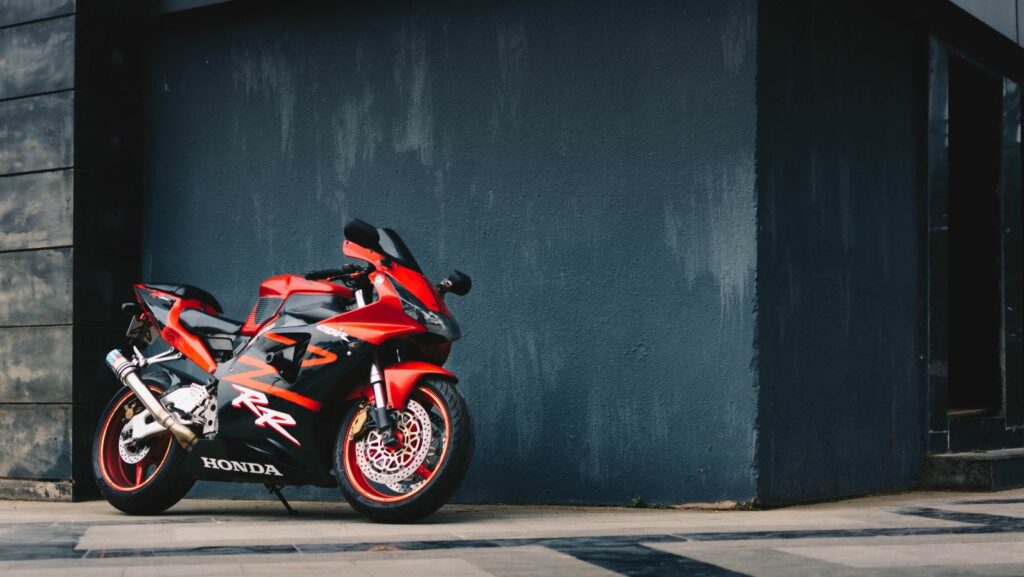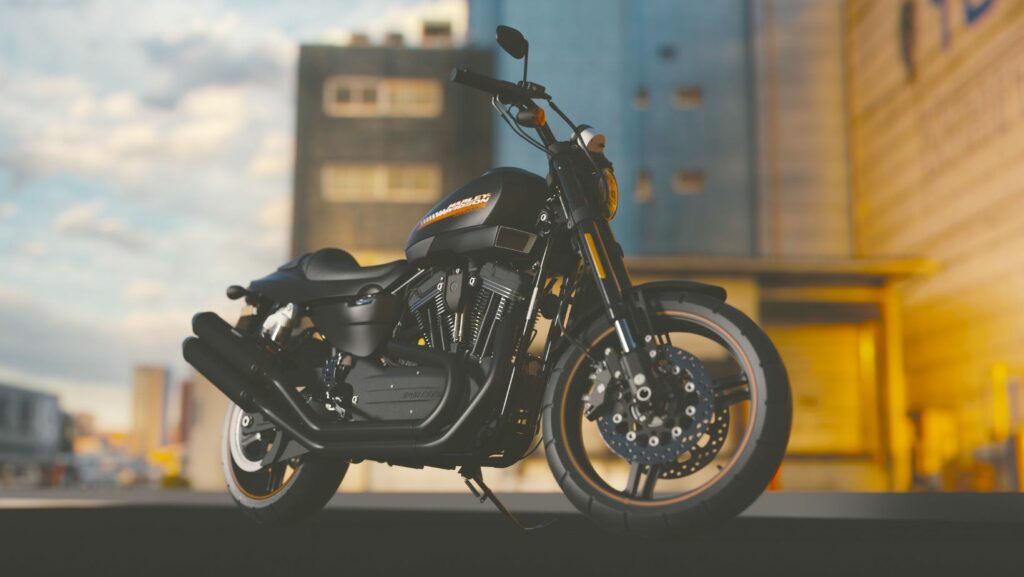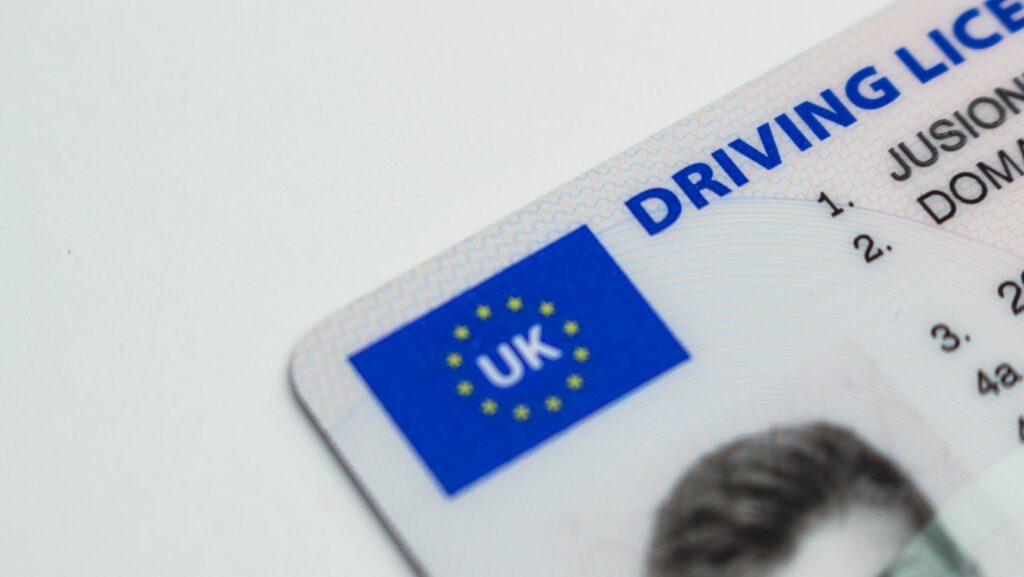If you own a Honda motorcycle, you may have come across the term “voltage regulator” when it comes to maintaining your bike’s electrical system. Honda motorcycles are equipped with reliable voltage regulators that help maintain a steady flow of electricity throughout the bike’s electrical system. These regulators are designed to regulate the output voltage generated by the bike’s alternator, ensuring that it remains within safe limits for all connected electronic devices.
Honda Motorcycle Voltage Regulator
When it comes to ensuring the smooth functioning of a Honda motorcycle, one vital component that plays a crucial role is the voltage regulator. As an expert in this field, I’ll provide you with a comprehensive understanding of what exactly a voltage regulator does and why it is essential for your Honda motorcycle’s electrical system.
- What is a Voltage Regulator? A voltage regulator is an electronic device responsible for maintaining a steady and consistent flow of electrical power within the electrical system of your Honda motorcycle. It regulates the voltage output from the motorcycle’s charging system to prevent overcharging or undercharging of the battery.
- Why is it important? The voltage regulator acts as a guardian for your Honda motorcycle’s battery by regulating the electrical output from the alternator or generator. Without proper regulation, excessive voltage can damage sensitive electronic components, while insufficient charging can lead to battery depletion.
- How does it work? The voltage regulator constantly monitors the electrical output and adjusts it accordingly to maintain optimal levels throughout varying engine speeds and loads. It achieves this by controlling the amount of current flowing into the battery and redirecting any excess energy back into other parts of the electrical system.

Signs of a Faulty Voltage Regulator in Your Honda Motorcycle
If you’re experiencing electrical issues with your Honda motorcycle, it’s possible that the voltage regulator is to blame. The voltage regulator plays a crucial role in maintaining a stable electrical system by regulating the output from the alternator. When it malfunctions, it can lead to various problems that can affect the performance and reliability of your bike.
Here are some common signs that indicate a faulty voltage regulator in your Honda motorcycle:
- Inconsistent or Flickering Lights: One of the most noticeable signs of a faulty voltage regulator is when your lights start flickering or become dimmer than usual. This occurs because the voltage regulator fails to maintain a steady flow of power to the lights, causing them to fluctuate.
- Battery Issues: A malfunctioning voltage regulator can also lead to battery-related problems. If you find yourself frequently jump-starting your bike or if your battery constantly drains even after charging, it could be due to an inefficient charging system caused by a faulty voltage regulator.
- Unusual Charging Behavior: Another red flag is if you notice erratic charging behavior on your motorcycle’s battery gauge. An overcharging situation may occur where the voltage exceeds normal levels, leading to potential damage to other electrical components.
- Electrical System Failures: A faulty voltage regulator can impact other components of your motorcycle’s electrical system as well. You may experience issues with turn signals not working properly, erratic engine performance, or even complete failure of certain electronic systems like fuel injection or ignition.
- Burning Smell or Melting Wires: In severe cases, a defective voltage regulator can cause excessive heat buildup and result in burning smells or melting wires near the regulator itself. If you detect any strange odors or observe melted insulation around wiring connections, it’s essential to address this issue promptly before further damage occurs.
Remember, installing a new voltage regulator requires attention to detail and adherence to proper procedures. By avoiding these common mistakes, you’ll ensure a smooth and reliable electrical system for your Honda motorcycle.




